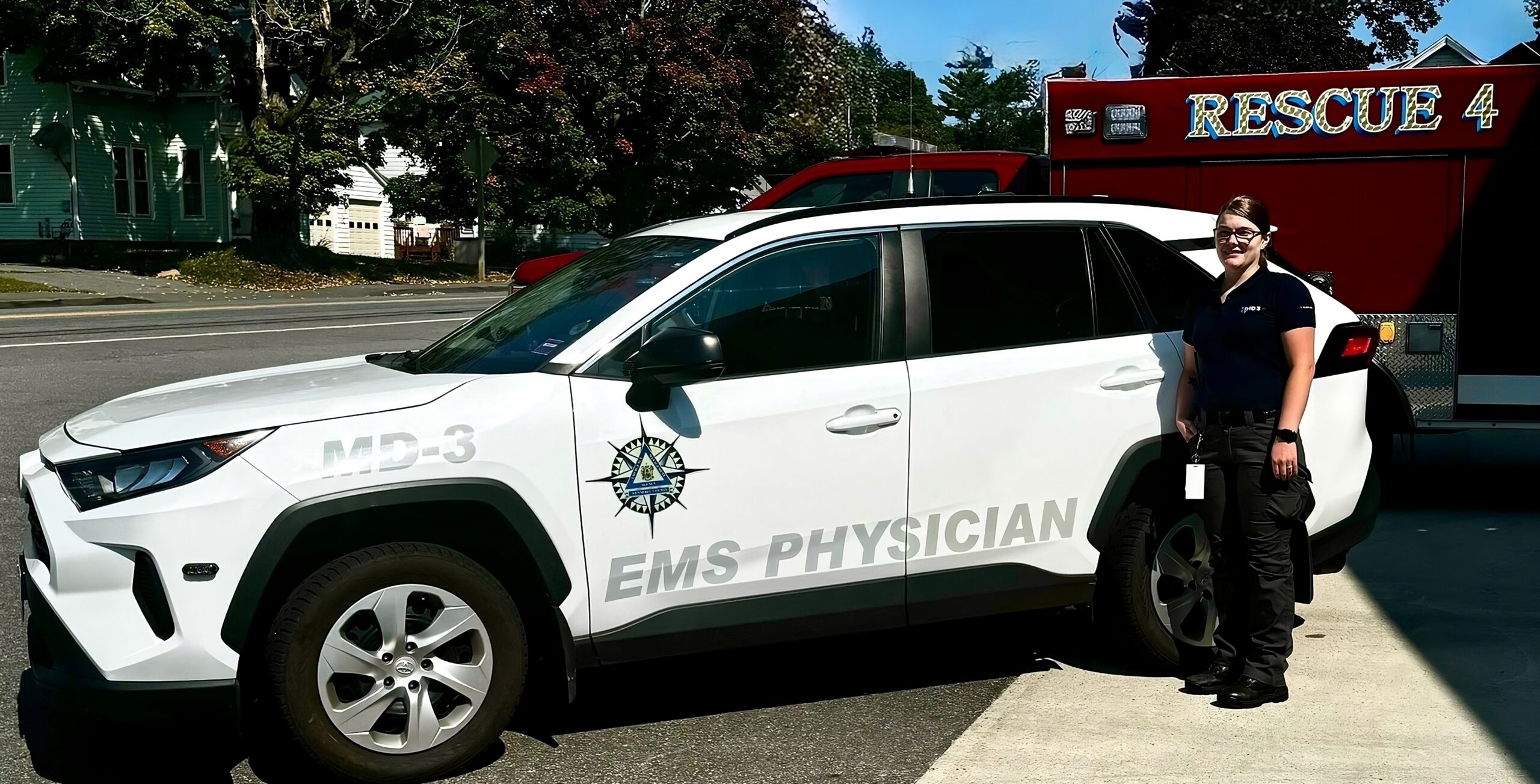As families prepare for the new school year, physicians at MD3 are releasing an essential safety guide, reminding parents that preparedness is the most important school supply. Taking key precautions can prevent injuries and illnesses, setting the stage for a successful academic year.
“A safe school year begins before the first day,” says Dr. Taylor Klein, an EMS Physician at MD3. “It starts with conversations at home about awareness and smart choices. We want to empower children with the knowledge they need to navigate their day safely and confidently.”
MD3 physicians offer these vital tips:
The Journey to School
- Walk and Bike Safely: Use the buddy system. Map out and practice the safest route, choosing paths with minimal traffic. Stick to the planned route and never accept rides from strangers.
- Perform a Bicycle Check: Ensure bikes are the proper size and that brakes, tires, and chains are in good working order. “A properly fitted helmet is non-negotiable,” adds Dr. Klein. “It can reduce the risk of head injury by as much as 85%. It’s a simple piece of equipment that saves lives.”
- Be Smart at the Bus Stop: Teach children to stay at least 10 large steps back from the curb and to never walk in the bus’s blind spots without making eye contact with the driver.
- Guide New Teen Drivers: “We recommend parents create a ‘driving contract’ with their teen,” advises Dr. Ray Wong, an EMS Physician at MD3. “Establish clear rules about passengers, cell phone use, and curfews. Drowsy driving is as dangerous as impaired driving, and teens need to understand that.”

Safety on School Grounds
- Playground Preparedness: The CDC reports over 200,000 children are treated for playground-related injuries annually. Remove necklaces or clothing with drawstrings, which are snagging hazards. Use equipment as intended—no climbing up the slide.
- Stay Hydrated: Pack a reusable water bottle daily. Encourage children to drink water before, during, and after recess or sports.
- Proper Backpack Use: An overloaded backpack can cause significant pain and injury. “We see injuries from falls that are often complicated by a heavy, poorly fitted backpack,” adds Dr. Klein. “It throws off a child’s center of gravity. Ensuring the bag weighs no more than 15% of your child’s body weight and is worn on both shoulders is a simple fix that prevents injury.”
Health and Emergency Planning
- Practice Proactive Hygiene: Remind children to wash hands frequently, cover coughs and sneezes with their elbow, and avoid sharing food or drinks.
- Know When to Stay Home: “Preventing the spread of illness is a community effort,” says Dr. Klein. “Keeping a child home when they have a fever is the single most effective way to protect their classmates and teachers. This simple act reduces sick days for everyone.”
- Have an Emergency Plan: “Every family should have a ‘pick-up password,'” suggests Dr. Wong. “It’s a secret code word an adult must provide if there’s an unexpected change in who is picking them up.” Also, place a laminated emergency contact card in your child’s backpack.
MD3 wishes all students, teachers, and families a safe and enriching school year.


